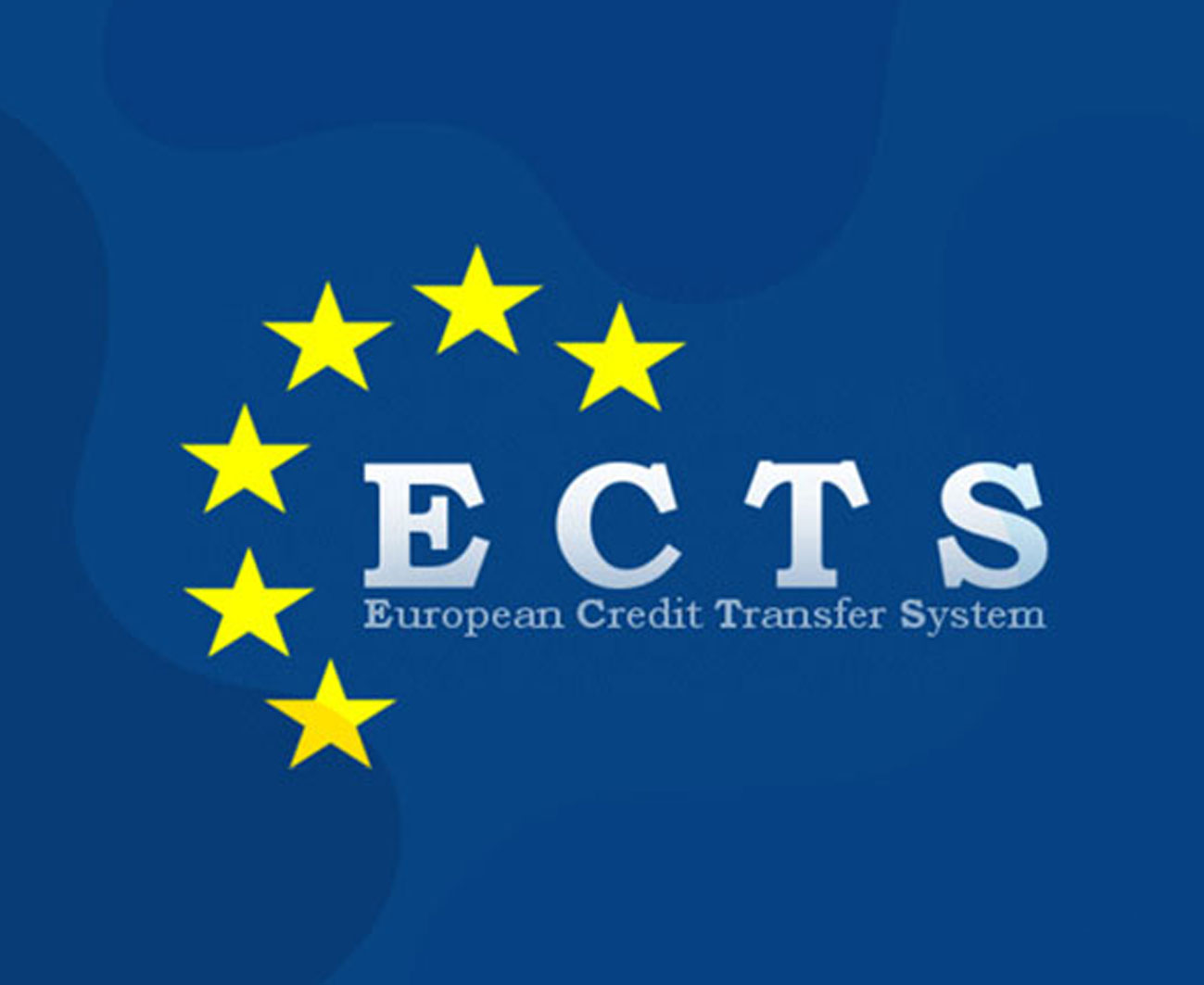🔷 1. What is ECTS?
ECTS stands for the European Credit Transfer and Accumulation System.
It is a standardized system for measuring student workload across higher education institutions in Europe, used in Bachelor’s, Master’s, and PhD programmes throughout the European Higher Education Area (EHEA).
In this system, each ECTS credit reflects a defined amount of time a student is expected to invest in lectures, independent study, research, projects, and assessments.
🔷 2. Why is ECTS important?
- Enables international credit transfer between universities
- Accurately reflects student workload and learning effort
- Facilitates degree comparison across countries
- Standardizes education across EU countries and cooperating nations (e.g., Turkey)
🔷 3. How many hours is 1 ECTS?
One ECTS credit generally equals 25 to 30 hours of total learning effort.
Typical conversions:
- 60 ECTS = 1500–1800 hours of academic work per year
- 120 ECTS = 2 years of a full Master’s programme
180 ECTS = 3 years of a full Research-based PhD programme
🔷 4. Comparison with Other Credit Systems
| System | Equivalent of 120 ECTS |
| 🇮🇷 Iran | 18 to 20 national academic units |
| 🇺🇸 United States | 15 semester credit hours (SCH) |
| 🇹🇷 Turkey | Compatible with EU; 30 ECTS ≈ 15 YÖK credits |
Note: In some countries like Iran, 1 credit hour typically refers only to class hours, while ECTS includes study time, assignments, and research effort.
🔷 6. Benefits of ECTS for International Students
- Clear structure of course load and expectations
- Smooth mobility between institutions in different countries
- Easier degree recognition and validation abroad
- Allows transparent Diploma Supplement documentation for employers and institutions
7. Conclusion
The ECTS system is a cornerstone of modern European higher education. It offers transparency, flexibility, and credibility for students and institutions alike. Whether you’re pursuing further studies or planning international academic mobility, understanding ECTS is essential.
ECTS Grading Scale
The ECTS grading scale is based on a combined use of appropriate key terms and numerical definitions, which ensures the system’s transparency.
Austrian grades are comparable to ECTS grades as follows (new since 01.10.2015):
| Austrian grade | ECTS grade | Verbal |
|---|---|---|
| 1 (sehr gut) | A | Excellent |
| 2 (gut) | B | Good |
| 3 (befriedigend) | C | Satisfactory |
| 4 (genügend) | D/E | Pass |
| 5 (nicht genügend) | F/FX | Fail |




